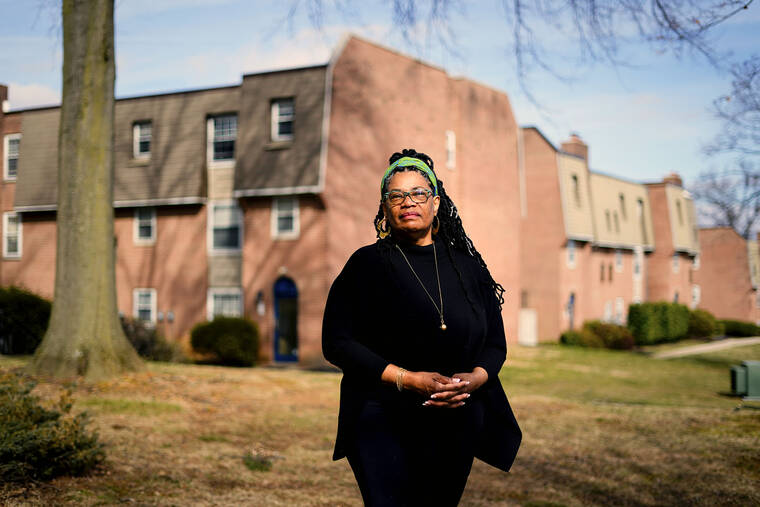Teachers have been working longer hours. They’re more stressed out. And many say they’ve considered quitting. Yet the vast majority of teachers have stayed in the profession throughout the pandemic, according to a Chalkbeat analysis of the latest data from a number of states and large school districts.
Teacher resignation rates actually dipped after COVID first hit schools. As this school year approached, the data shows, departures generally returned to pre-pandemic levels.
Together, the numbers indicate that a feared teacher exodus has not yet come to pass — although concerning signs about the health of the profession remain.
“I still worry,” said Gema Zamarro, a researcher at the University of Arkansas who has studied teacher turnover. “Teachers are stressed and burned out. Even if they don’t leave, that could be bad.”
Comprehensive national data on teacher turnover is not available. The federal government does not keep annual records, and neither do some states, including California. Others, like Texas, release data on a yearlong lag.
But data obtained from five states and 19 large U.S. school districts, including New York City and Houston, shows that turnover going into this school year was comparable to rates before the pandemic.
In Maryland, teacher attrition hovered between 9% and 10% from 2011 to 2019. In 2020, it fell to 7.3%, but it ticked back up to 9.3% ahead of this school year, according to data provided by state officials.
“Our retention rates overall are holding steady,” said Mohammed Choudhury, Maryland’s state superintendent. “It is not some kind of broad-stroke, red-alert type of concern.”
Elsewhere, turnover was a bit higher than usual but still near rates before the pandemic.
In Washington state, 9.2% of teachers left teaching in public schools in the typical year before the pandemic. In 2021, that rose to 10%, according to a new analysis of state data.
Recent turnover figures were also comparable to pre-pandemic numbers in Hawaii, Massachusetts and South Carolina. That was true of a number of large school districts, too, including Dallas, Houston, and Clark County, Nevada — home to Las Vegas — though Detroit and Chicago saw bigger increases.
In New York City, about 6% of teachers left the district in each of the three years before the pandemic. After the pandemic hit, turnover fell, then rebounded to 5.8% in 2021.
“2021 — it doesn’t look worse than before the pandemic. If anything, it looks like other years,” said Zamarro, who reviewed the data compiled by Chalkbeat.
Survey data shows more teachers have considered leaving the classroom during the pandemic than before it began. One poll by the National Education Association, the country’s largest teachers union, found that more than half of its members said the pandemic made it more likely they would leave the profession early.
The economy also plays a part in whether teachers exit. Across 14 states, teacher turnover fell by a percentage point in 2020, according to a new study. “This likely reflects teachers hunkering down after the 2019–2020 school year in the midst of the uncertainty of a pandemic,” wrote the researchers who studied turnover in Washington state.
For Kathleen Sannicks-Lerner, a veteran elementary school teacher in Philadelphia, this school year proved so taxing that she went on sabbatical in January. It was challenging to make sure students kept their masks on, to fill in for colleagues when substitutes didn’t show up, and to work in a school where morale was low and resources were limited.
“It’s just been very, very difficult to do the work that we are required to do without the support and the tools that we need,” she said. “I was done. I throw in the towel.”
Philadelphia has seen an increase in teachers departing midyear, although they remain rare.



